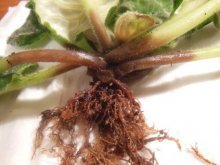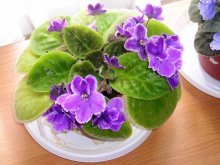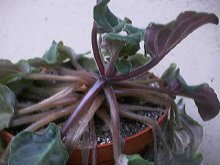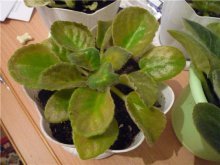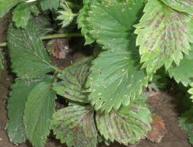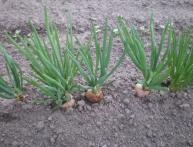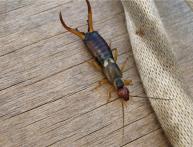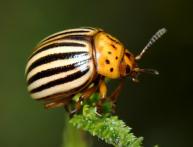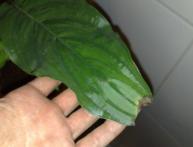Diseases of Uzambara violet
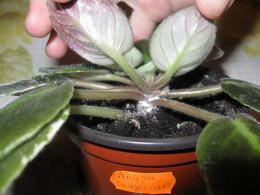
Many plants are susceptible to various diseases, but there are some that affect just one specific category. Uzambara violet (Saintpaulia) reacts to infectious diseases very quickly. In violets, the disease manifests itself in the form of yellowing, curling, and wilting of leaves. This series of symptoms leads to the plant dying. Such diseases tend to be transmitted from one flower to another. It is necessary to promptly identify infectious diseases in the early stages. It is necessary to take effective measures to combat the parasite as soon as possible.
Content:
Before purchasing a violet, I found out all the necessary conditions for growing it: humidity, light and room temperature. When purchasing Saintpaulia, you need to carefully examine the plant in order not to miss the possible risk of the plant becoming infected.
I have studied enough literature to accurately identify the type of disease and how to deal with it. Here I will describe the most common diseases that are specific to the Uzambara violet.
Gray rot
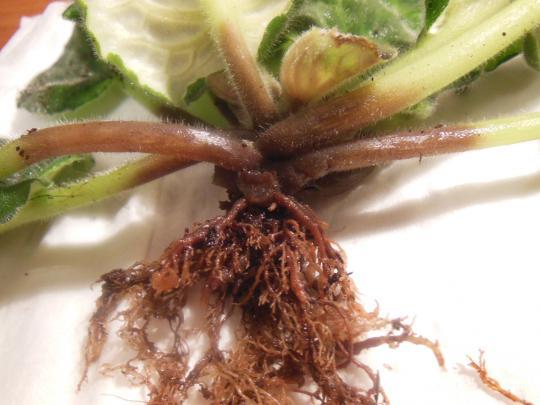
Other indoor plants suffer from this fungal disease, not just Saintpaulia. The infection affects the tissue of young seedlings, leaves, flowers and buds. The plant turns brown, rots, or becomes covered with a gray-brown coating. The violet becomes covered with brown spots, which quickly spread throughout the plant.Typically, this type of parasite penetrates weakened plants through mechanical damage. In this case, you need to spray with a copper-soap solution (dilute 20 g of liquid potassium soap and 2 g of copper sulfate in 1 liter of water). In order to avoid infection, experts recommend carrying out preventive procedures. Feed with fertilizers and microelements, which significantly increase the plant’s resistance.
Powdery mildew
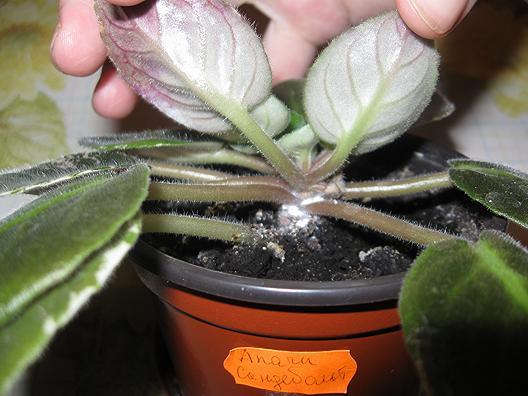
This is a specific disease of violets; the pathogen itself can be attributed to the genus Oidium. As a result of infection, a white powdery coating forms. And over time, the leaves begin to die and the plant withers. The infection manifests itself under conditions of a sharp jump in temperature and humidity. Such a plant must be sprayed with solutions of fungicides - colloidal sulfur (using shampoo or liquid soap).
Late blight
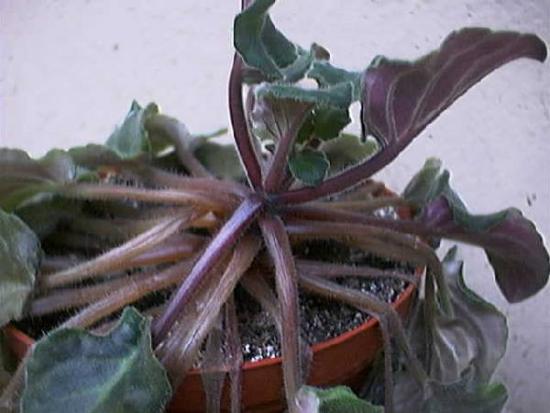
This disease is exacerbated by the presence of leaf nematodes (microscopic roundworms). The leaves of the plant rot and turn brown, eventually the entire plant dies.
Viral infections
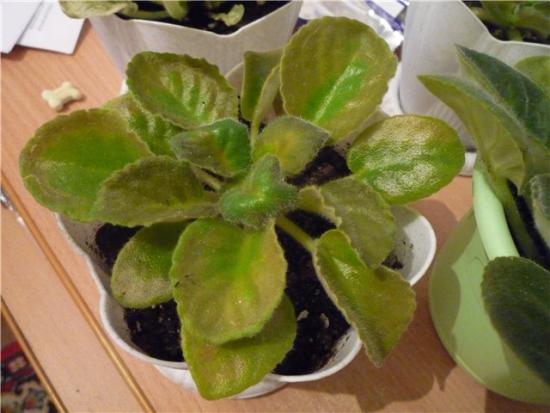
They can often be found on Uzambara violet. The infection significantly slows down the growth of the plant, weak flowering. Linear patterns and yellow rings appear on the leaves. Insects also appear with this infection: aphids, thrips. Plants that have been exposed to a viral disease are eliminated because they cannot be cured.
In my experience, I only encountered gray rot. For a long time I could not understand what kind of disease I was facing. Therefore, I had to quickly study all possible infections and determine how to fight it. At some point I even thought about giving up. But I couldn’t becausethey gave me a plant and I can’t give up so easily and don’t give up either!

